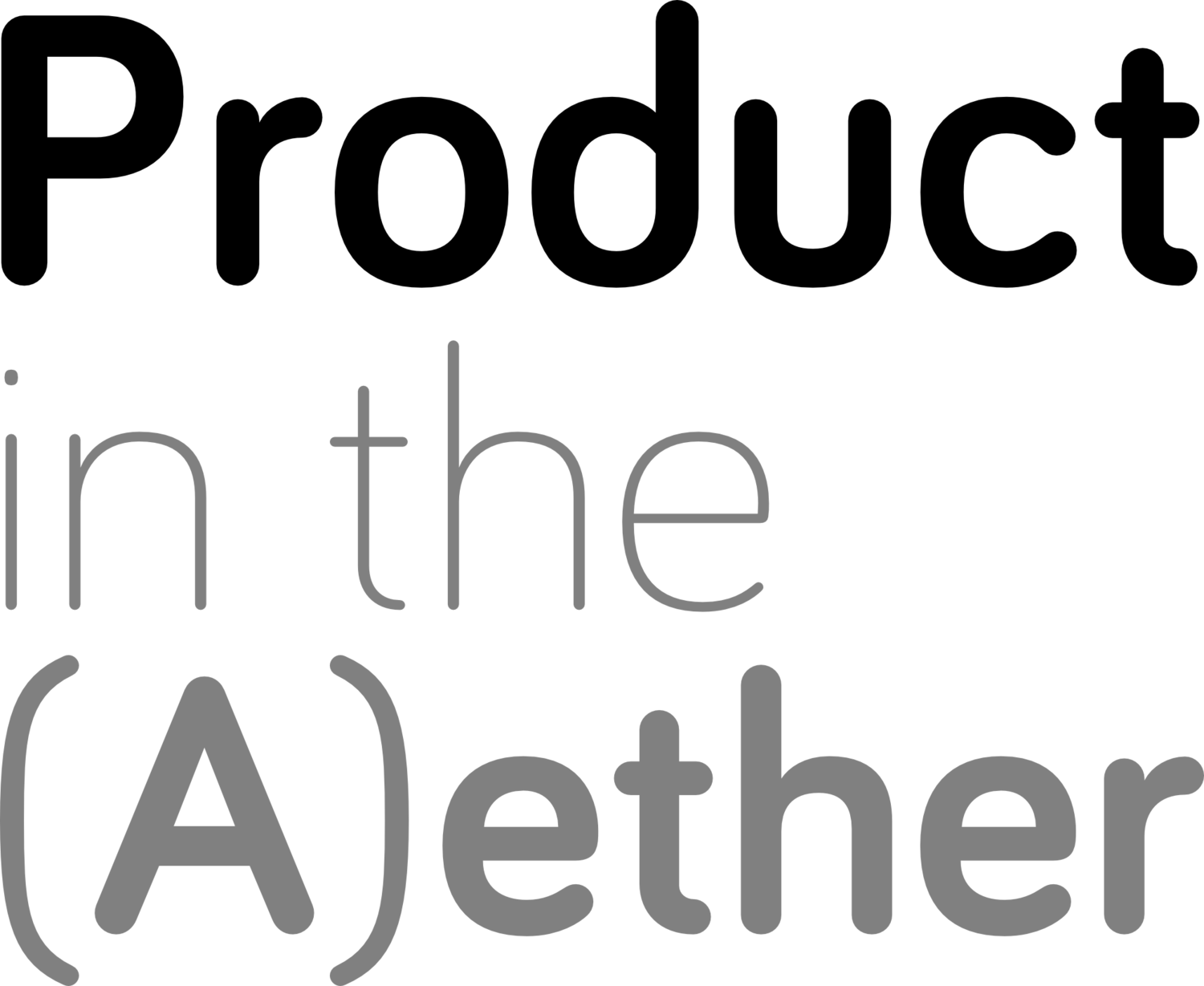PITA 045
TOPIC 1 Discuss the "Death" of Product Managers (AirBnB, etc) - based on Brian Chesky ast FigmaCon
Probably good for Product management to move away from proJect management
Seems to happen at places with poor management culture, lack of strategy, vision, etc
Many of them were moved rather than removed - to areas like product marketing, etc
Good conversation to have - there is huge overlap between product, UX, Design, etc - so good to have a chat about who actually does what, give the right people the right accountability
Public sector perspective (UK): they’re strengthening product, bringing in contract people to do service design, etc
Might heal the issue where there are both Product Managers (in the Tech org) and a Business Owner
TOPIC 2 Pricing - any favourite strategies for figuring out how to approach it for a new product?
Start with benchmarking - competitor analysis, establish the value prop of components, and work from there
We’ve done loads of work to see if we have Pricing PMF - what we’ve learned is that you have to try a few things to get at the nuance, don’t just do one thing. Including surveys, user testing of new flows with different pricing options, qualitative Van Westendorp analysis. The last one increased the leadership team’s confidence the most, due to the CEO’s familiarity of the approach - though it was also a bit all over the place, based on different age ranges, markets, etc.
People focusing on solving pricing/billing problems - OpenMeter, Stigg.io, Hyperline, SaaS Pricing Explorer, Prisync, Jade | Reach your monetisation potential
Need to also look at it from the business requirements side - what does the company need from this? - forms the Feasibility side of a strategic analysis
Also you need to look at subscriptions vs in-app purchases
TOPIC 3 Experimentation - communicating the less exciting stuff
We kept a spreadsheet of all the tests & hypotheses that we ran, with PASS/FAIL notes on all. If we got anything significant, we’d put it in a deck and present it more formally
Do you need to present the boring stuff? You may not need to communicate it all
Worth presenting all learnings as valuable - even if they tell you what not to do.
Share the connective tissue between the lower level experiment with the problem/opportunity and ultimate business outcome (e.g. through an Opportunity Solution Tree)
Communicate in advance what hypotheses you will be testing
The value of experimentation is not always about validation - changing the org’s understanding of users is just as valuable. Make sure you update personas, etc, when you have new information, and communicate that as well
TOPIC 4 Designing interfaces for LLM's and beyond. How are you measuring success?
Loom has introduced a feature that will summarise your thoughts into a summary - and then asks you for feedback as to value. That’s a good signal for the development team.
People understand that this is a new tech, and seem happy to give confidence score feedback.
Define why you’re using AI, what the problem that you’re solving is, and design your metrics around that
Predictive analytics - looking for risk patterns - is important to us, so we’re exploring the potential of it when the data we collect is largely free text
Speed is of the essence right now - try lots of things. We don’t yet know what good experiences and interfaces are when using this tech. Avoid one-way doors, and just try to innovate at pace.
Do you want to expose when AI is used? In Notion, most people likely don’t want others to know that AI was used
TOPIC 5 The joys (or not) of experiencing products as a product person
I understand the value of good (useful) feedback and find myself taking that responsibility seriously - I work hard to ensure that I do this, and take joy in it
I remind myself: I am an edge case, most of the time
Bad UX annoys me - especially when I have to ask my kids to help me with deciphering it
Bad use of fields - phone fields that accept text, for example
Knowing the logic behind the scenes can sometimes mean we’re not experiencing products the way they’re designed to be experienced

